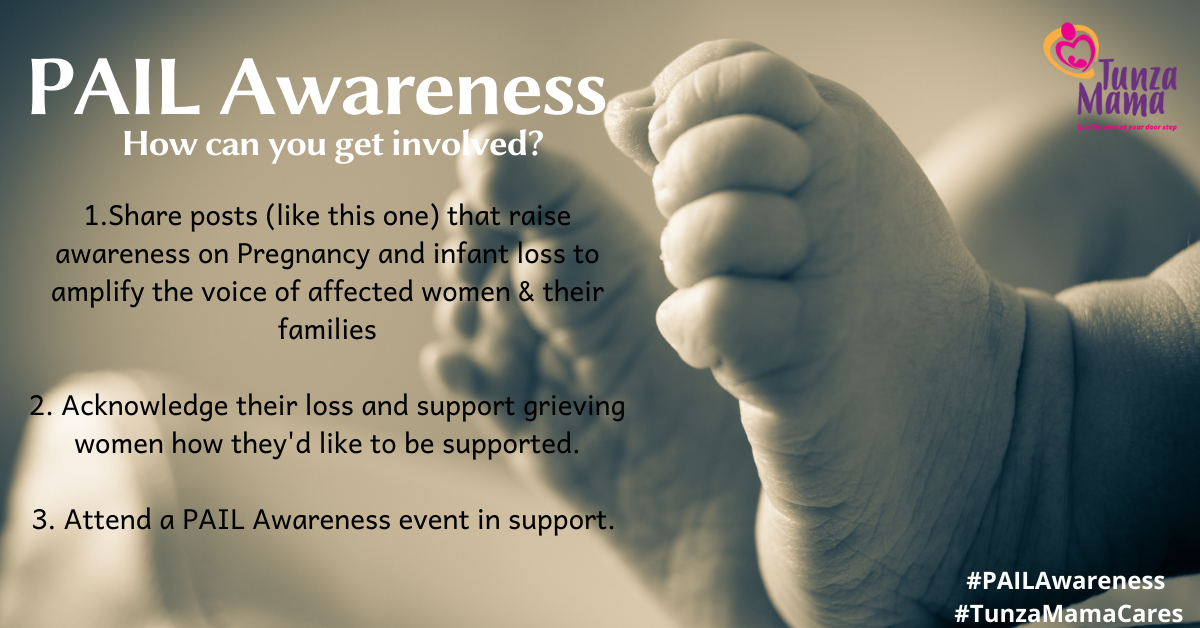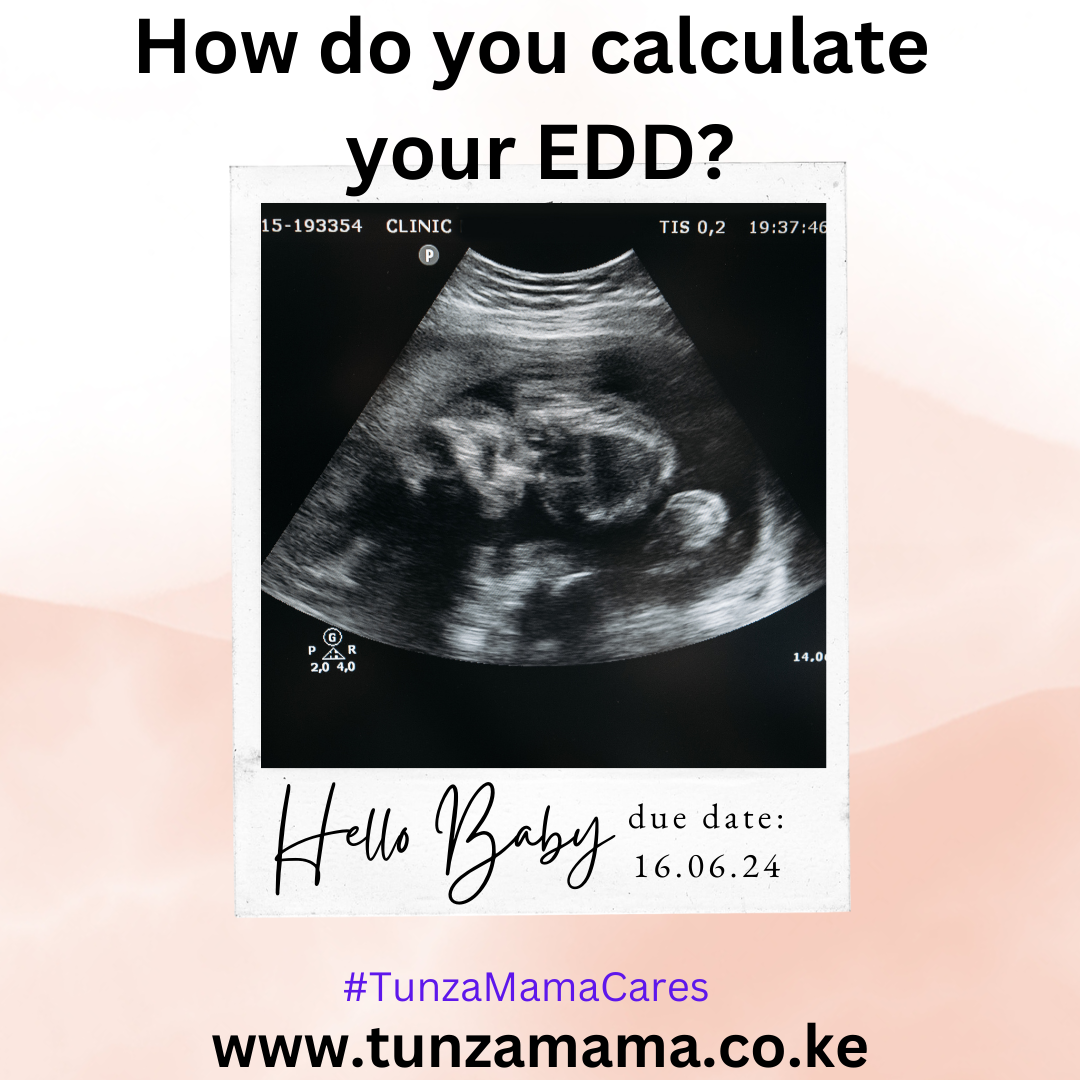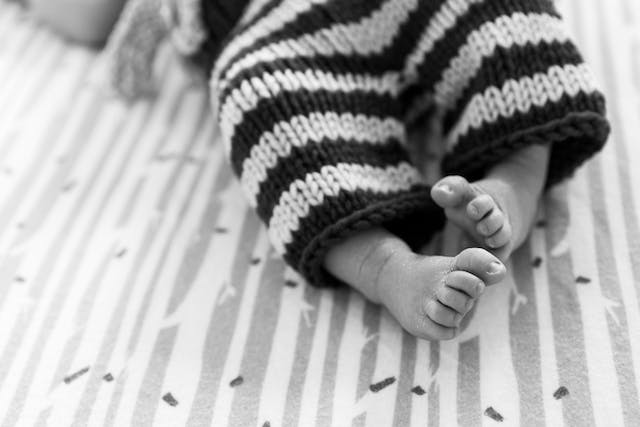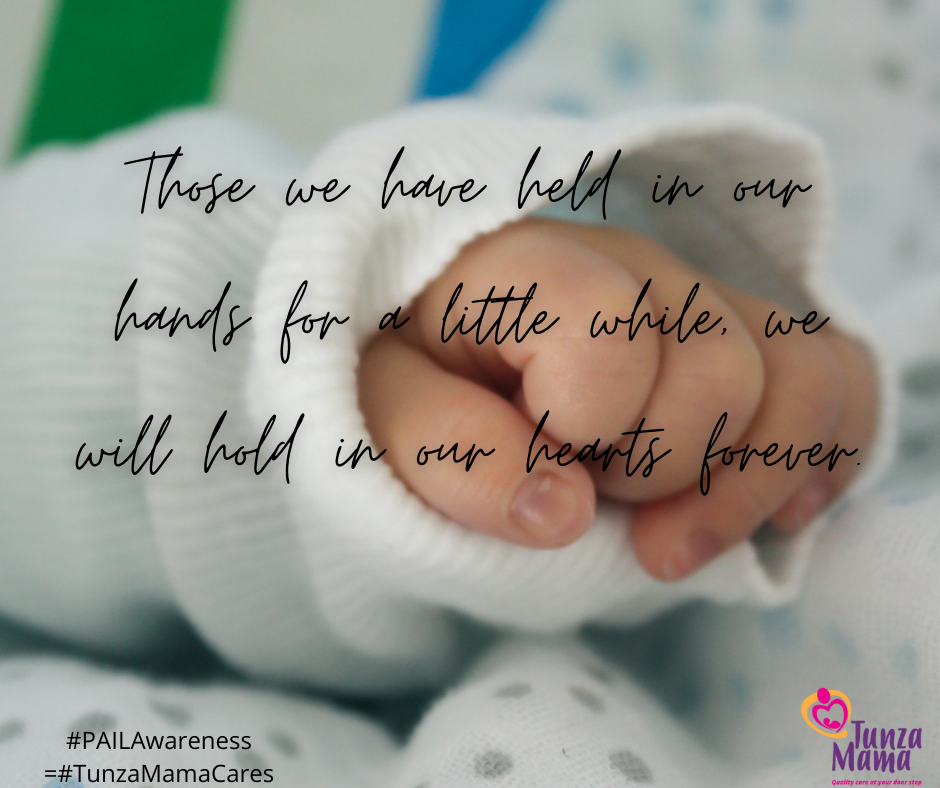What is a miscarriage?
A miscarriage occurs when a foetus dies during early pregnancy, usually before the 20th week of the pregnancy. A miscarriage is also referred to as a spontaneous abortion. It is important to note that, reference to a spontaneous abortion does not mean an induced abortion. The difference between a spontaneous abortion (miscarriage) and an induced abortion, according to the Medical Humanities Journal is:
- A spontaneous abortion occurs naturally when the body expels the pregnancy without the use of medication and/or surgery.
- An induced abortion occurs when either medication or a surgical procedure is carried out with the sole purpose of terminating a pregnancy.
What causes a miscarriage?
The American Pregnancy Association (APA) estimates that up to 25% of all clinically recognized pregnancies will result in a miscarriage. Miscarriages are the most common form of pregnancy loss.
So, why do miscarriages occur? Research shows that there is no single known cause for a miscarriage, but the reasons vary from one person to another. While it is difficult to know precisely why a woman miscarries, it is almost always never the result of something that a pregnant woman does. This is key because often, affected women feel like they did something that may have contributed to the loss of the pregnancy.
The most common reason why a miscarriage may occur is chromosomal abnormality. This refers to the presence of an abnormal set of chromosomes that causes the body to expel the pregnancy on its own. This happens randomly, and is not influenced by what a pregnant woman does.
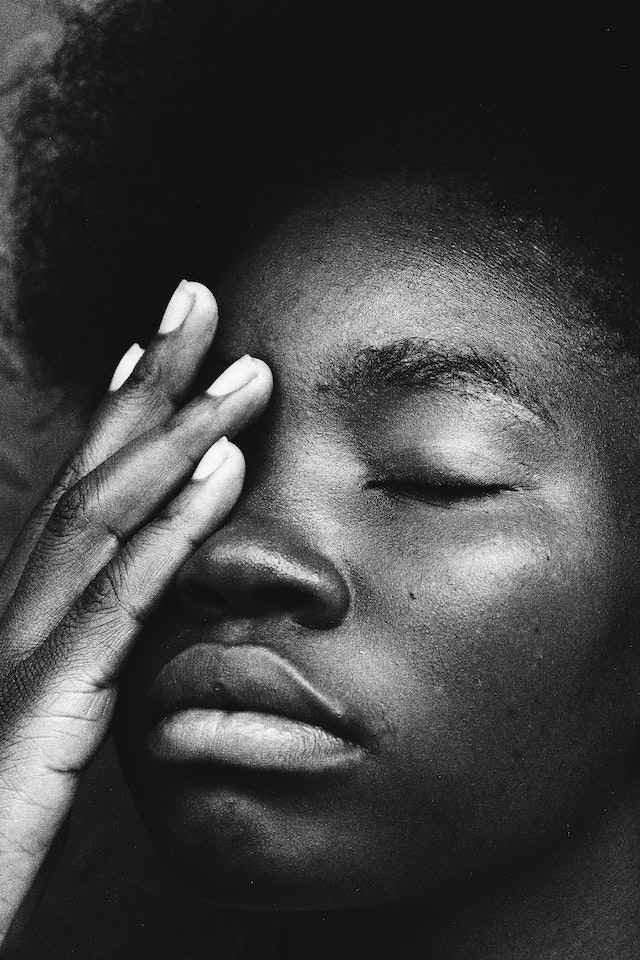
Additional reasons why one may experience a miscarriage include:
- Some chronic conditions may place pregnant women at more risk of a miscarriage, and these include diabetes.
- Hormonal conditions and/or severe infections
- An abnormally shaped womb
- The woman’s age at the time of pregnancy
- Lifestyle predisposition that includes, but is not limited to drug and substance abuse, toxic environment and exposure to radiation
- Previous miscarriage(s)
What are some of the types of miscarriages?
There are several different types of miscarriages. These include:
Missed miscarriage
In a missed miscarriage, there is the noticeable absence of cramps and/or bleeding. An ultrasound however, shows the presence of an embryo, but with no heartbeat. In some cases, an empty pregnancy sac presents. The uterine tissue will often be expelled, but one may need follow-up treatment.
Threatened miscarriage
This type of miscarriage is characterized by vaginal bleeding and mild cramps. The cervix, however, remains closed. The bleeding is often attributed to the process of implantation. This bleeding usually stops and the pregnancy progresses normally. 1 in every 2 threatened miscarriages results in an inevitable miscarriage as discussed below.
Inevitable miscarriage
In an inevitable miscarriage, the bleeding does not stop. This leads to the opening of the cervix, the rupture of the membranes, and ultimately, the loss of the pregnancy.
Incomplete miscarriage
In an incomplete miscarriage, some of the uterine tissue is expelled, but some of it remains inside. This necessitates treatment to get rid of the remaining tissue.
Complete miscarriage
A complete miscarriage occurs when all the uterine tissue is expelled. Bleeding decreases quickly, but women will typically go through an ultrasound to confirm that no tissue remains in the uterus.
Recurrent Miscarriage
A recurrent miscarriage refers to three or more consecutive miscarriages in the first trimester. It affects at least 1% of couples trying for a child.
What are the signs of a miscarriage?
As mentioned above, miscarriages vary from one woman to the other. However, there are common symptoms that pregnant women need to be on the look-out for.
NOTE: If you experience one or all of the signs listed below, get in touch with your doctor or health care provider immediately. This will allow you to get professional help if you are having a miscarriage.
Watch out for the following warning signs:
Cramping
In most cases, miscarriages are accompanied by cramps. These cramps range in intensity, from really painful to light cramping (similar to menstrual cramping).
Contractions
During a miscarriage, women may also experience true contractions. These painful contractions last between 5 and 20 minutes. They may also be accompanied by mild to extreme back pain.
Vaginal bleeding
One of the warning signs before getting a miscarriage is bright red/ brown bleeding, with or without the cramping. It is important to note that about 3 in 10 pregnancies will experience bleeding in the first few weeks of pregnancy. Of these, about 50% of the cases will go on to have a seamless pregnancy (American Pregnancy Association, 2017). With heavy miscarriage bleeding, it is not uncommon for women to pass big blood clots.
The most important thing to remember is that some miscarriages are painless, and symptoms last for a short time. No matter how long the symptoms last, or whether there is pain, it is important to see your health care provider immediately.
What is the treatment after a miscarriage?
The main aim of treatment after a miscarriage is preventing bleeding and infection. Depending on the stage at which the miscarriage occurs, one may require additional medical procedures to get rid of all products of conception.
Dilation and Curettage (abbreviated D & C) is the most common procedure, and involves widening the cervix and removing remaining tissue surgically to eliminate the risk of an infection. After this procedure, the patient is closely monitored before and after discharge.
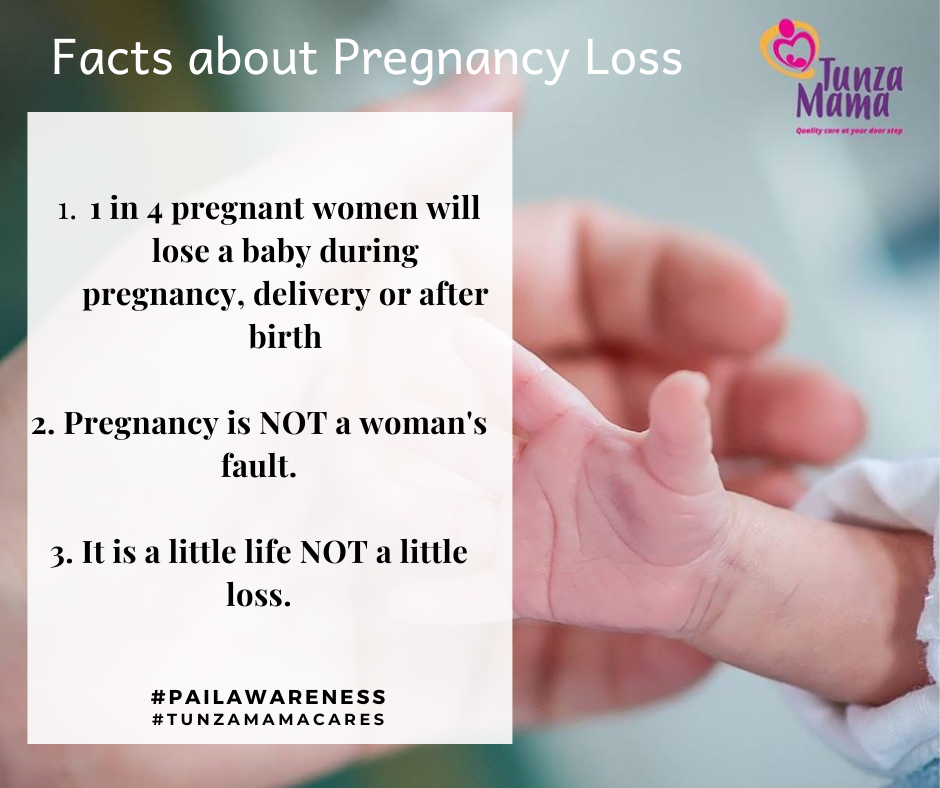
How will I feel emotionally after a miscarriage?
Physical recovery after a miscarriage takes a toll on affected women. Additionally, affected couples will experience a range of emotions. These may include guilt, shock, despair, grief and numbness, sometimes all at the same time. According to WHO, these feelings are normal as couples make their recovery. It helps to have a support system around to be able to cope. Lastly, the amount of time it takes to heal varies from one person to the other. It is important to take as much time as you need to grieve and process the loss .
Tunza Mama offers resources, information and accessible healthcare for pregnant women and new parents.
Still A Mum offers support for moms who have experienced miscarriage or child loss. They also run support groups for moms in need.
Look out for Empower Mama Foundation as well as the Kenya Chapter of the Tears Foundation who offer support and resources for women and families who’ve lost a baby.
Works Cited
American Pregnancy Association. (2017, 12 5). Pregnancy Complications. Retrieved 3 21, 2019, from American Pregnancy Association: Promoting Pregnancy Wellness: https://americanpregnancy.org/pregnancy-complications/miscarriage/
Mehta M, P. R. (2013). Follow-up for improving psychological well-being for women after a miscarriage. Geneva: WHO.
Miscarriage Association. (n.d.). Your Feelings. Retrieved 3 21, 2019, from Miscarriage Association: https://www.miscarriageassociation.org.uk/your-feelings/common-feelings/
Moscrop, A. (2013). ‘Miscarriage or abortion?’ Understanding the medical language of pregnancy loss in Britain; a historical perspective. Medical Humanities, 98-100.
National Library of Medicine. (2006, 2 22). Pregnancy Loss. Retrieved 3 21, 2019, from National Library of Medicine: https://www.nlm.nih.gov/medlineplus/pregnancyloss.html

